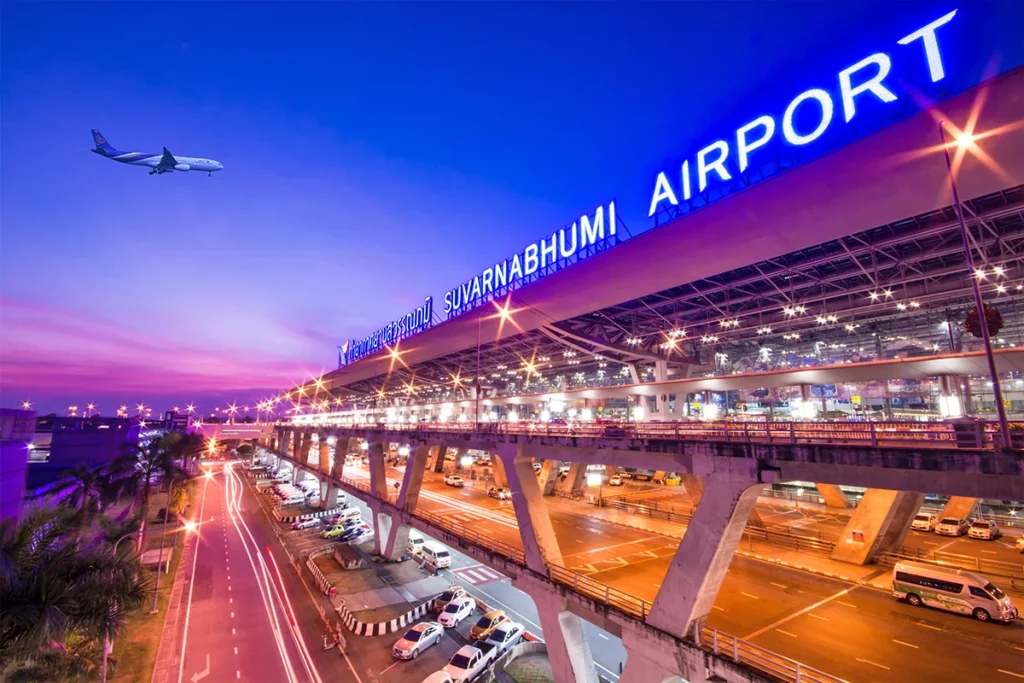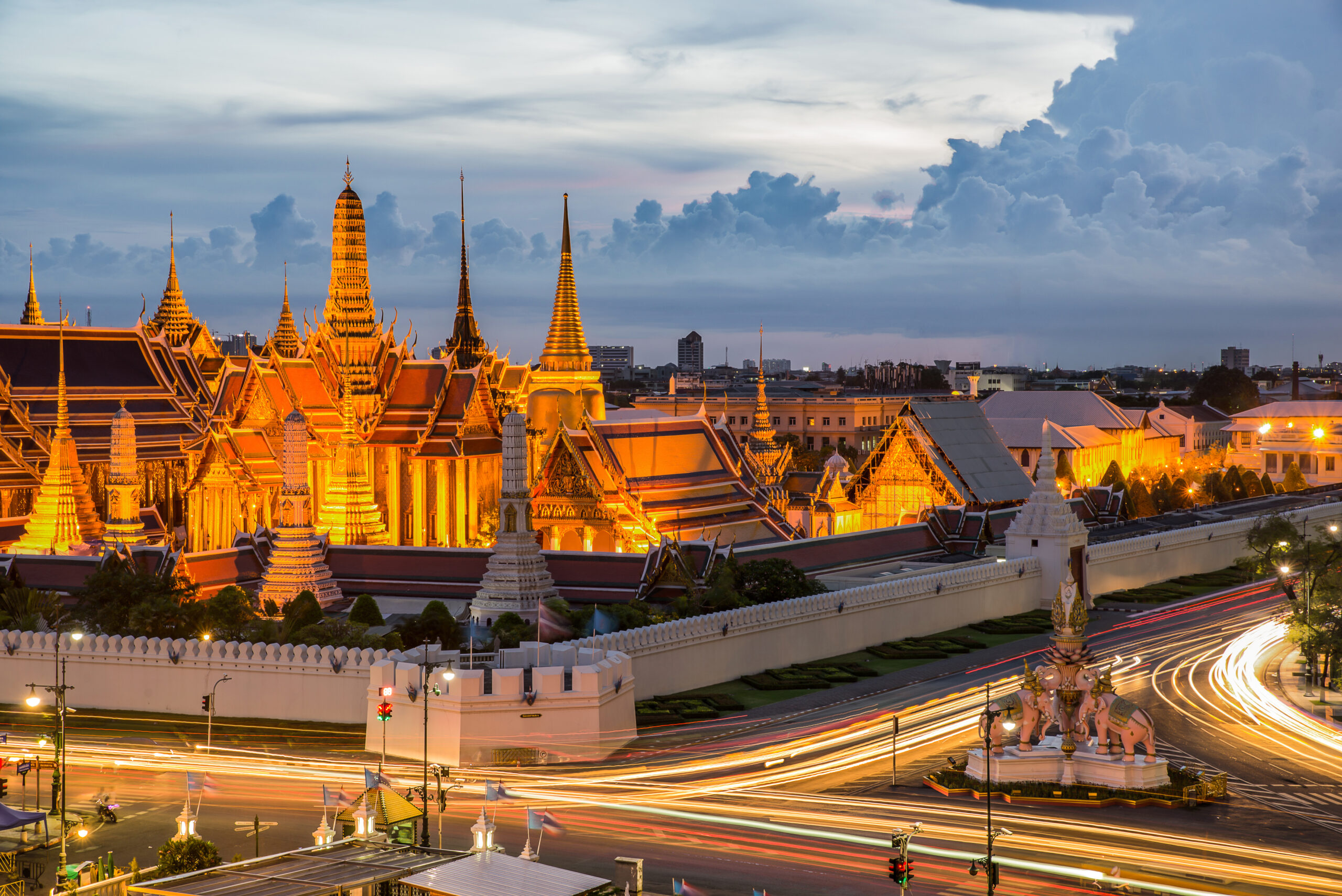As we move through 2025, the rhythm of Thailand is once again being set by the steady beat of tourist feet. The recovery narrative of the post-pandemic years has officially evolved into a story of growth, transformation, and new challenges. For those of us living here—the long-term expats who call the Land of Smiles home—this influx is more than just a headline; it’s the changing backdrop of our daily lives.
So, what does the Thai tourism landscape really look like so far in 2025? Where is the money flowing, and what are the emerging trends that business owners, hospitality workers, and savvy expats should know about? Let’s dive deep into the data, the destinations, and the dynamics shaping our adopted home.
By the Numbers: A Robust Recovery in Full Swing
The Tourism Authority of Thailand (TAT) started the year with ambitious goals, and the first half of 2025 indicates they are well on track to meet, and possibly exceed, them. Projections aimed for 35-40 million international arrivals for the full year, and the current trajectory suggests the final number will land squarely in the upper end of that range.

As of the end of the second quarter (Q2), Thailand has welcomed approximately 19.5 million visitors. This represents a significant year-on-year increase and, crucially, brings arrival numbers to about 95% of the pre-pandemic peaks of 2019. The key difference? The type of tourist and their travel habits have evolved.
The Origin of Wanderlust: Where Are They Coming From?
The geographical map of Thailand’s visitors has seen some notable shifts. While traditional powerhouses remain strong, new and resurgent markets are making their mark.
- The East Asian Powerhouses:
- China: Reclaiming its throne as the undisputed number one source market, Chinese tourists are returning in massive waves. Simplified visa processes and a surge in direct flight capacity from second and third-tier Chinese cities have been the primary drivers.
- Malaysia: Consistently a top contender, proximity and land borders keep Malaysian visitors at the forefront, especially for short getaways to the southern islands and border provinces.
- South Korea: The K-wave continues to fuel travel, with young Korean tourists flocking to trendy spots in Bangkok and the islands. Their high engagement with social media makes them influential trendsetters.
- The Western Resurgence:
- Europe: The long-haul markets are back with a vengeance. The UK, Germany, France, and Russia are all showing robust numbers. European visitors, often staying for longer durations, are crucial for the economy.
- United States & Australia: American and Australian tourists have returned in force, drawn by the classic trifecta of sun, sea, and value for money. The strong US dollar, in particular, has made Thailand an attractive destination.
- The Rising Stars:
- India: The Indian market is the one to watch. With a burgeoning middle class and a growing appetite for international travel, Indian arrivals are skyrocketing. They are particularly prominent in destination weddings and family holidays.
- Saudi Arabia & the GCC: Since the normalization of relations, the high-spending Gulf tourist has become a prized segment, with a focus on luxury accommodations and private experiences.

The Thai Tourism Trail: Where is Everyone Going?
Gone are the days when the path was simply Bangkok-Pattaya-Phuket. While the classics remain popular, 2025 is seeing a fascinating diversification.
- Bangkok: The “Alpha Destination.” Nearly every tourist passes through the Big Mango, spending an average of 2-3 nights. Beyond the Grand Palace and Chatuchak, there’s a growing interest in “local” neighborhoods like Ari, Talad Noi, and Bang Rak, driven by food blogs and expat-led tours.
- Phuket & the Andaman Coast: Still the king of Thai beaches. Phuket, Krabi, and Phi Phi remain massively popular. The trend here is a clear bifurcation: mass-market, value-oriented packages coexist with an explosion of ultra-luxury villas and private yacht charters.
- Chiang Mai & the North: The cultural and digital nomad hub continues to thrive. The “cool season” was packed, and the city is now a year-round destination thanks to its established co-working and wellness scenes. Nearby destinations like Pai and Chiang Rai are also reaping the benefits.
- The Eastern Economic Corridor (EEC) Islands: Chonburi province with their well built infrastructure Motorways massive industrial estates Proposed train lines with main Airport just 2 hours away, Koh Samet and Koh Chang Eastern Seaboard staples and Pattaya nightlife and hedonism right in the middle is still populare with travelers and expats alike many buying homes in Pattaya
- Emerging & Secondary Destinations: This is the most exciting trend. To escape the crowds, tourists are venturing further afield:
- Khao Lak: A quieter alternative to Phuket, popular with European families and divers heading to the Similan Islands.
- Hua Hin & Cha-Am: Beloved by Thai and Scandinavian tourists, these royal coast towns offer a more relaxed vibe.
- Isan (Northeastern Thailand): Food tourism is driving intrepid travelers to cities like Ubon Ratchathani and Khon Kaen to experience the authentic, pungent, and delicious cuisine of Thailand’s largest region.
The Spending Power: Duration and Wallet Size
The average tourist in 2025 is spending 9.2 days in Thailand, a slight increase from 2023. This indicates a desire for deeper, more immersive trips rather than whirlwind tours.
When it comes to spending, the numbers are encouraging. The average per-person, per-trip expenditure is estimated to be 53,000 THB (approximately $1,450 USD). This figure encompasses everything from accommodation and food to tours and shopping. The high-spending markets (Middle East, USA, Europe) significantly push this average up, often splurging on luxury hotels, fine dining, and private tours.
The Expat Perspective: Grumbles and Realities
For the estimated 1.5 to 2 million long-term expats calling Thailand home, the tourism boom is a double-edged sword.
The Main Expat Grumbles:
- The Rising Cost of Living: This is, by far, the number one complaint. While Thailand is still affordable compared to the West, expats have felt the pinch. Apartment rents in desirable areas of Bangkok, Chiang Mai, and the islands have increased significantly. A meal at a local restaurant that was 50 THB a few years ago is now 60-70 THB. This steady creep is directly linked to tourist-driven inflation.

- Infrastructure Strain: The BTS and MRT in Bangkok are more crowded than ever. Traffic, particularly in tourist hotspots like Phuket and Pattaya, can be gridlocked. The public services we rely on are often stretched thin during peak seasons.
- The “Disneyfication” of Authenticity: Many long-term expats bemoan the loss of the “old Thailand.” Beloved, gritty local bars are replaced by sterile concept cafes. Quiet beaches are now packed with sunbeds and jet-skis. This sense of a changing cultural landscape can be a source of nostalgia and frustration.
- Bureaucratic Hurdles: While not new, the ongoing complexities of visa extensions, 90-day reports, and banking requirements remain a persistent source of anxiety and annoyance for the expat community.
Despite these grumbles, the consensus remains that the benefits—the food, the culture, the climate, and the generally welcoming nature of the Thai people—still far outweigh the frustrations.
Tips for the Thai Tourism Industry: Evolving with the Modern Traveler
To sustain this growth and move up the value chain, the industry must adapt. Here are some key recommendations:
- Diversify Beyond the Beaches: The TAT and tour operators should continue to aggressively promote cultural, wellness, and adventure tourism in secondary cities and the Isan region. The “Unseen Thailand” campaign is a step in the right direction.
- Embrace the Digital Nomad: While the new LTR (Long-Term Resident) visa is a good start, more can be done. Develop co-living spaces with high-speed internet in emerging towns. Create community events and networking opportunities to integrate this high-value, long-staying demographic.
- Invest in Sustainable & Regenerative Tourism: The modern traveler is increasingly eco-conscious. Crack down on single-use plastics on the islands, promote legitimate animal sanctuaries over exploitative tiger temples and elephant rides, and invest in wastewater treatment. Sustainability is no longer a niche; it’s a market demand.
- Upgrade the Tourist Experience with Tech: Implement seamless digital payment systems (beyond just QR code banking for locals). Develop a comprehensive national tourism app with reliable transport booking, vetted tour guides, and real-time translation services.
- Value Quality Over Quantity: Encourage a shift from competing on price to competing on experience. Train service staff to a higher standard, improve English language skills across the board, and focus on creating memorable, personalized moments that justify a higher price tag and foster positive word-of-mouth.
- Listen to the Expats: Expats are a built-in focus group. They understand both the foreign perspective and the local nuances. The tourism industry should actively engage with expat business owners, bloggers, and community leaders for insights on emerging trends and pain points.

The Road Ahead
Thailand in 2025 is not just back; it’s evolving. The influx of tourists is a testament to its enduring appeal, but it also presents a critical choice: to pursue mass volume or to cultivate quality, sustainable growth. For expats, it’s a time of adaptation, finding new hidden gems as the old ones become discovered, and advocating for the preservation of the unique culture that drew us here in the first place.
The pulse is strong, the future is bright, but it requires careful, intelligent stewardship to ensure Thailand remains the captivating, welcoming, and vibrant home for both its visitors and its long-term residents.


